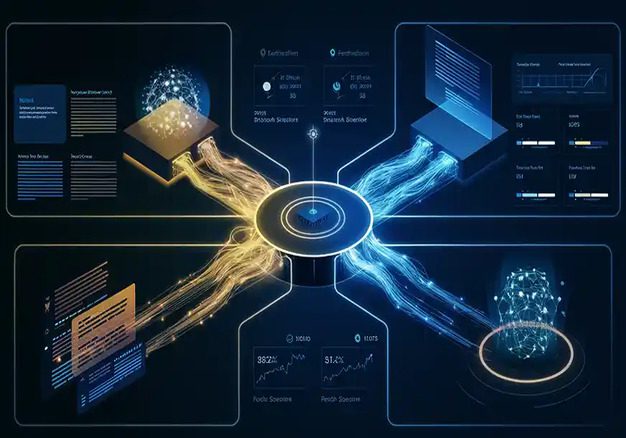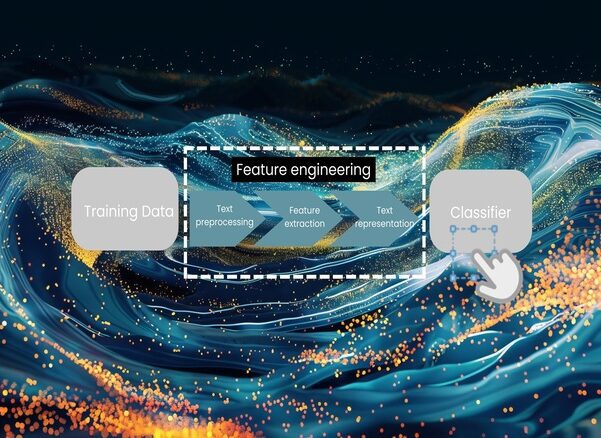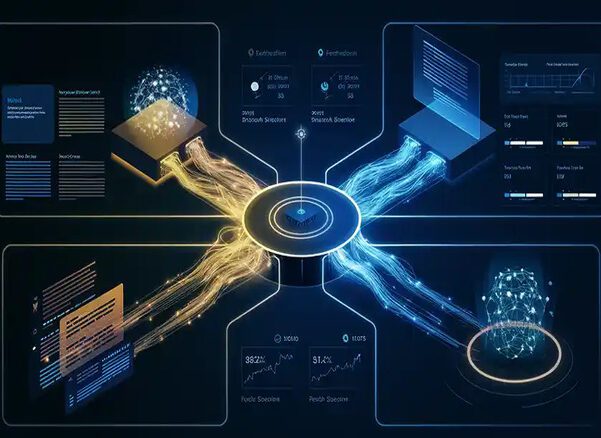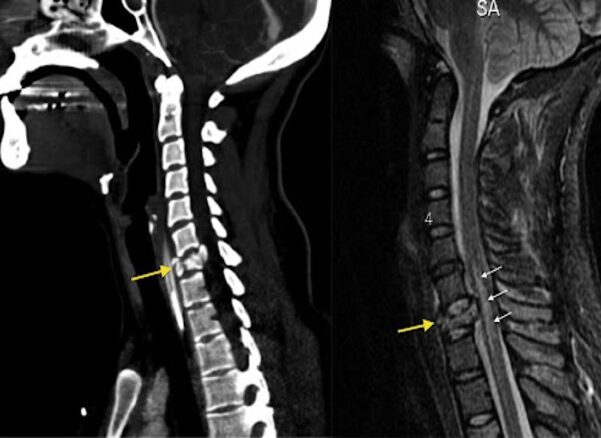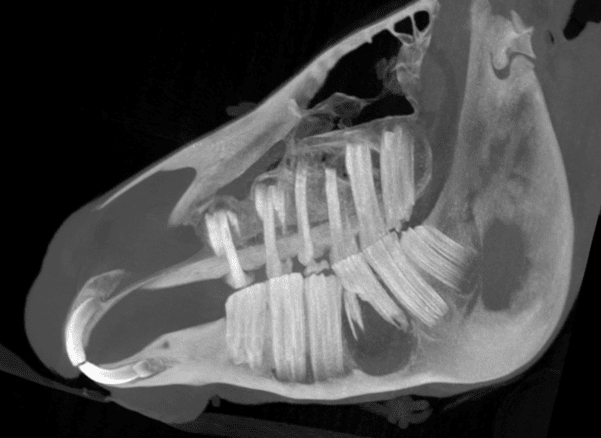Subject |
Question-Answering Datasets |
|---|---|
|
Data Type |
JSON |
|
Volume |
100 million question-answer pairs |
|
Field of Data |
English, Arabic, Russian, 60+ languages. |
|
Field of Data |
FAQs |
Question: Can you elaborate on the concept of artificial intelligence by describing its components and how it enables machines to simulate human-like cognitive processes?
Answer: Artificial intelligence (AI) refers to the simulation of human intelligence processes by machines, particularly computer systems. These processes include learning (acquiring information and rules for using it), reasoning (using rules to reach approximate or definite conclusions), and self-correction (improving performance over time). AI achieves this by leveraging components such as algorithms, machine learning models, neural networks, and data processing techniques to mimic cognitive functions like perception, decision-making, and problem-solving.Question: How does machine learning’s approach to enabling systems to improve performance over time differ from the step-by-step, predefined instruction logic in traditional programming?
Answer: Machine learning empowers computers to autonomously improve performance by identifying patterns and insights from data without explicit instructions for every possible scenario. This contrasts with traditional programming, where developers write specific code to dictate every task the system should perform. Machine learning algorithms adapt dynamically based on new data, while traditional programming requires manual updates to handle unforeseen cases.Question: Could you provide examples of AI applications and explain how they leverage specific AI techniques to perform their functions?
Answer: AI applications span numerous domains:- Virtual assistants (e.g., Siri, Alexa) use natural language processing (NLP) and voice recognition to interpret and respond to user commands.
- Recommendation systems (e.g., Netflix, Amazon) apply machine learning and collaborative filtering to analyze user preferences and suggest personalized content.
- Autonomous vehicles employ computer vision and reinforcement learning to navigate environments and make real-time driving decisions.
- Image recognition systems use deep learning techniques, particularly convolutional neural networks, to classify and identify objects in images.
Question: What is natural language processing (NLP), and how does it enable machines to interpret and generate human language effectively?
Answer: Natural language processing (NLP) is a subfield of AI that focuses on enabling computers to comprehend, interpret, and produce human language in a meaningful manner. It involves processes such as tokenization (breaking down text into components), syntactic analysis (understanding grammatical structure), semantic analysis (grasping the meaning of text), and sentiment analysis (assessing emotional tone). NLP applications include machine translation, chatbots, and speech-to-text systems, relying on algorithms like recurrent neural networks (RNNs) and transformer models for high accuracy.


